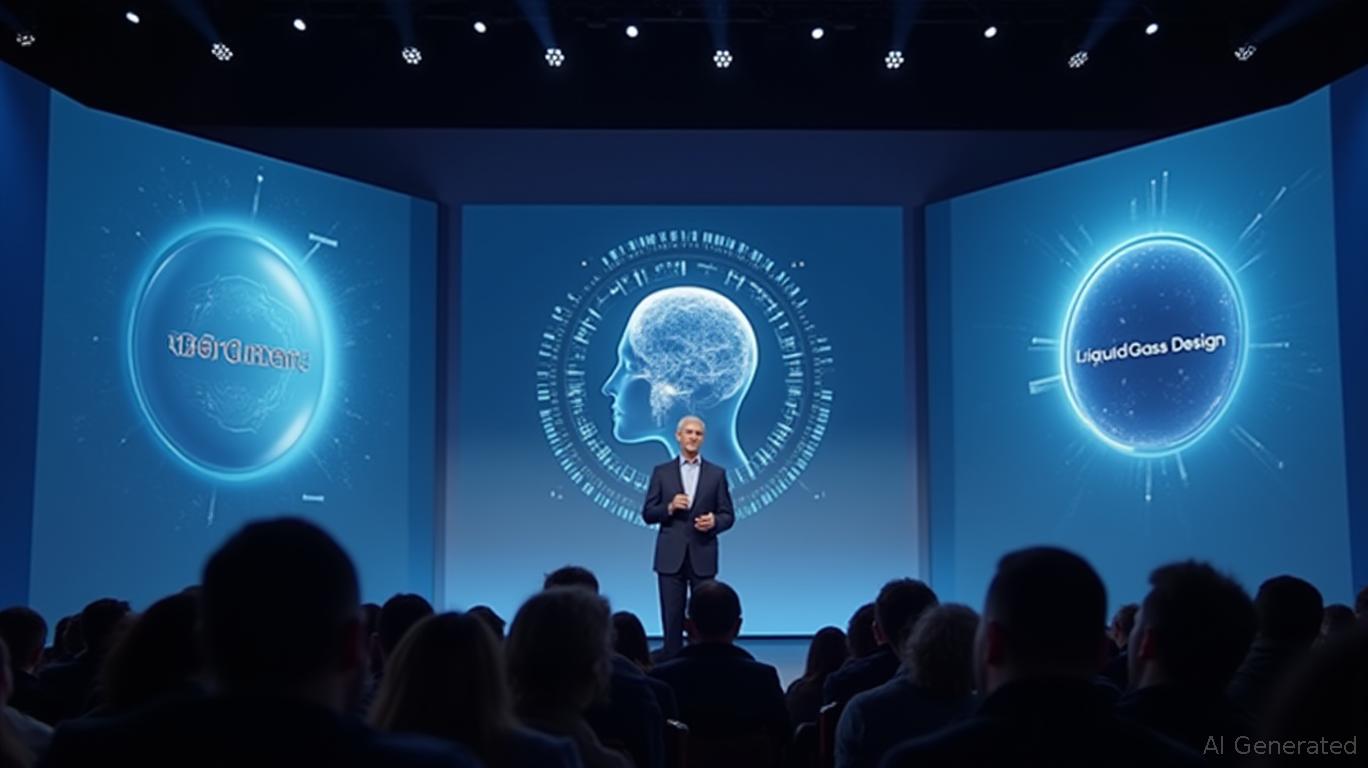Apple's AI Revolution: Unveiling Foundation Models and Liquid Glass Design at WWDC 2025
At the Worldwide Developers Conference (WWDC) 2025,
made significant announcements regarding its AI strategy, emphasizing its ongoing commitment to AI integration across various platforms. Despite earlier speculation, the widely anticipated AI-enhanced version of Siri is not ready for release, as Apple's Senior Vice President of Software Engineering, Craig Federighi, disclosed that the upgrade needs more development time to meet Apple's high-quality standards.While Siri's AI capabilities remain forthcoming, Apple has unveiled considerable updates to Apple Intelligence, setting the stage for a more expansive AI-driven user experience. A major announcement at this year's conference was the introduction of Apple's Foundation Models framework, which is now open for third-party developers. This framework enables developers to incorporate the large language models (LLM) directly into their apps, allowing for a new wave of smart applications imbedded with Apple's proprietary intelligence.
Federighi noted the increasing power and efficiency of the models supporting Apple Intelligence, stating that Apple is focused on integrating more features seamlessly into its operating systems. By providing developers access to device-end foundational models, Apple aims to offer robust, privacy-conscious AI capabilities that function even offline. This initiative is anticipated to spark innovative developments in everyday app usage.
Developers can access this testing framework through the Apple Developer Program, with a public beta version expected to be available through the Apple Beta Software Program next month. The framework incorporates guided generation and tool invocation functionalities, simplifying the integration of generational features into existing apps.
In addition to the AI developments, Apple revealed a new unified naming convention for its operating systems, set to feature a "26" designation for this fall's lineup, such as iOS 26. This change is part of a broader redesign across systems introducing the "Liquid Glass" design—a dynamic, semi-transparent interface to enhance user experience.
This Liquid Glass design aims to make frequently used features more accessible while maintaining aesthetic clarity and fluidity, potentially drawing inspiration from the iOS Dynamic Island feature. Overall, these updates exemplify Apple's continued efforts to innovate software experiences while maintaining a focus on privacy and efficiency.


Comments
No comments yet